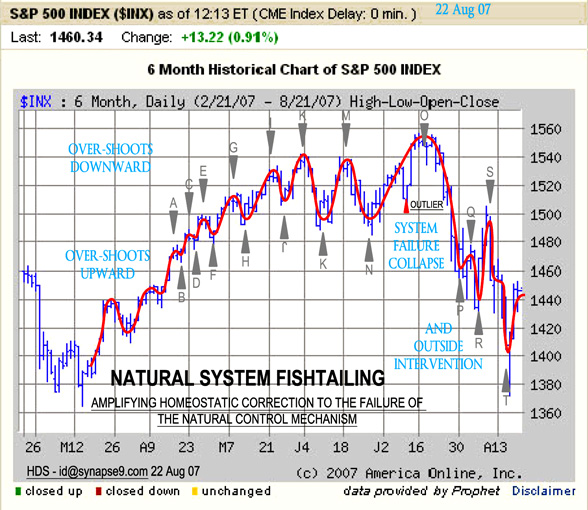Steve Salmony’s 1/12/09 Post Embrace change
My reply: Why the rules changed, below
Embrace change for planet’s sake – Steve Salmony
In calling for change in our time, scientists are speaking about what could somehow be true, speaking out loudly and clearly to wealthy and powerful people who adamantly insist that the “business as usual” status quo be relentlessly promoted and ruthlessly maintained.
Industrial/big business powerbrokers and their bought-and-paid-for politicians want to keep over-consuming, overproducing and overpopulating in our planetary home as they are doing now, come what may for children, life as we know it, and the integrity of Earth and its environs. Many of our voices are needed to support these great “voices of science,” these exemplars who are courageously speaking truth to those leaders who possess the power to authorize change. The provision of a good enough future for our children is an achievable goal, but only if we elders choose requisite behavior change now.
If changes in behavior are not initiated in a timely fashion, then a sustainable world for our children may not be achievable. By doing precisely what we are doing now, the limited resources of Earth could be permanently dissipated, its biodiversity massively extirpated, its environment irreversibly degraded and life as we know it recklessly endangered. The current scale and anticipated growth of per-capita over-consumption, global production capabilities, and human population numbers worldwide could be simply, clearly and patently unsustainable, even to the year 2050. Given Earth’s limitations as a relatively small, evidently finite and noticeably frangible planet, the projected increases in unchecked consumption, unbridled production and unregulated propagation activities of the human species could soon lead the human family to come face to face with some sort of colossal ecological wreckage.
Now is the time to speak loudly, clearly and often about what is true for you. Forget about political correctness and convenience. Resist economic expediency and greediness. Embrace necessary change rather than waste another day perniciously defending an unsustainable, same old “business as usual” status quo.
Steven Earl Salmony
Chapel Hill
Why the rules changed – Jessie Henshaw
Very nice letter, clear and solid. I think one more thing that people will need to understand in some way is “why the rules changed”, and then address what rules changed and what new rules apply.
The basic public support for “sustainability” has been achieved, we just seem clueless as to what it really means or what we’d need to do to achieve it.
The big dilemma is that everyone’s favorite solution, self-restraints and technology efficiencies, don’t have the intended effect on the whole system, *especially* if they work. Continue reading Why “new rules” apply? – Nature changed them →

